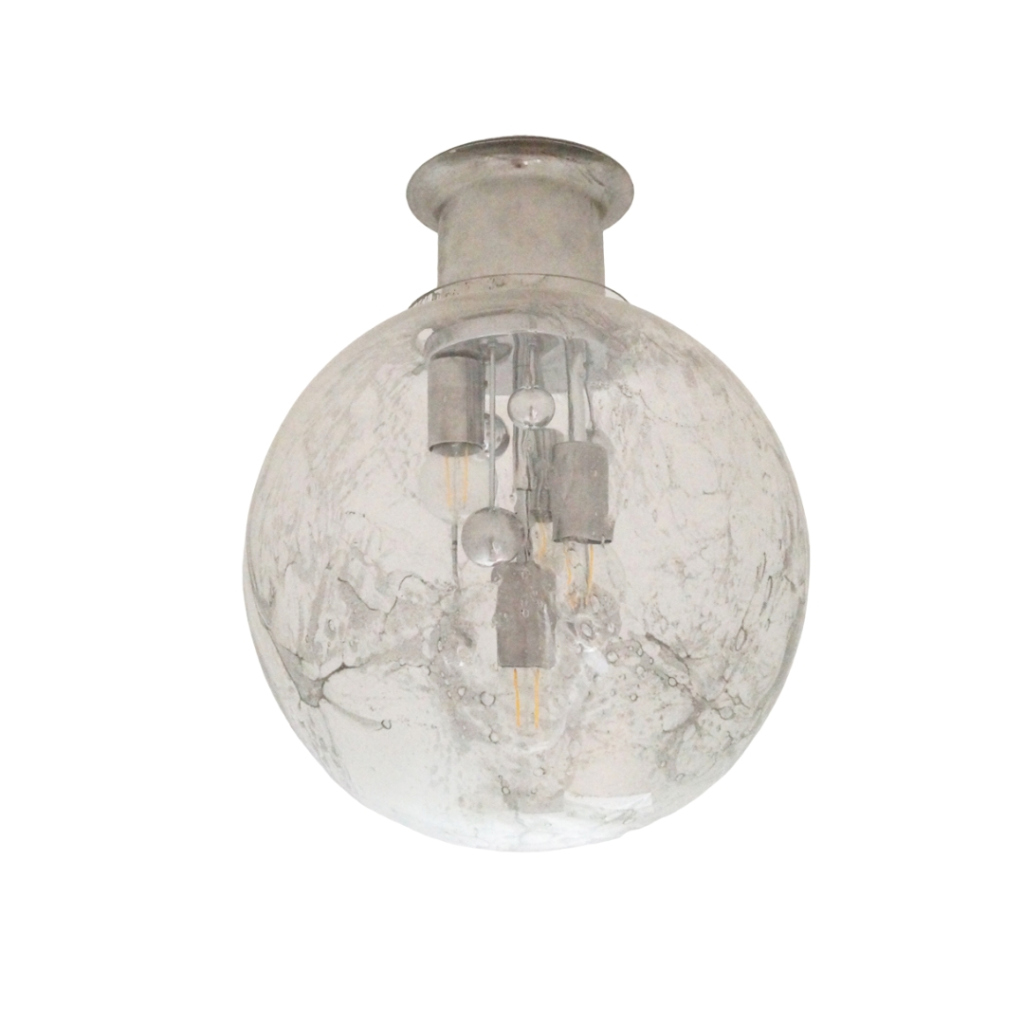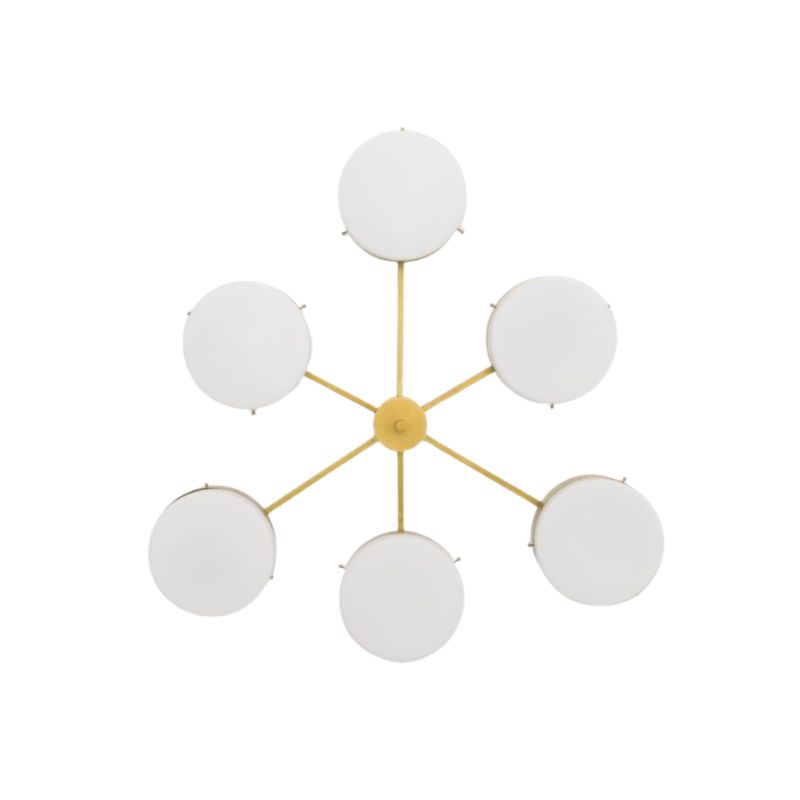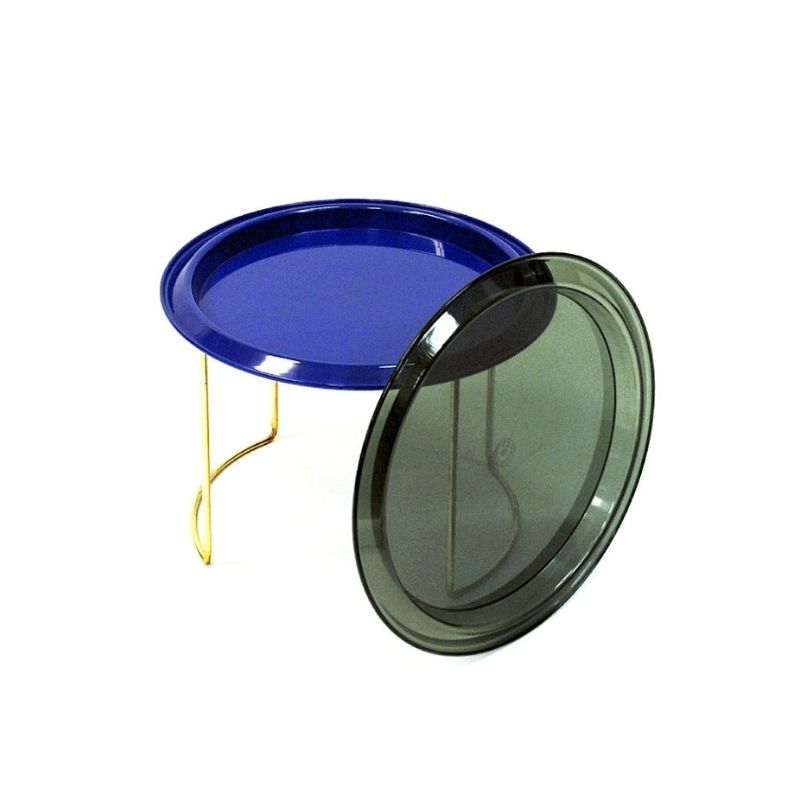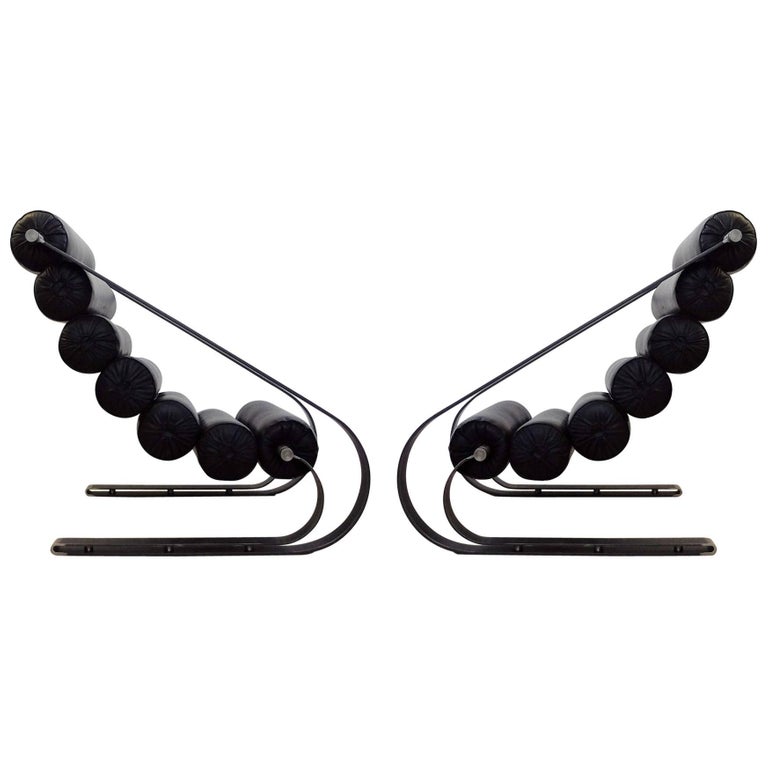I would like to start by saying that my initial love for modernism came from the Case Study style of furnishings (Eames, Bertoia, Nelson, Knoll, etc.). Lately I have been especially interested in Danish design.
I have started this thread for a few reasons. I thought it could be a good general discussion of Danish design, especially in regards to a few questions:
1. Where is the best source for new or vintage Danish design in the United States? I am especially interested in finding a site offering Wegner and Juhl items.
I found the link provided below, but the site does not seem to display its items for sale online. From what I have seen so far, nice examples of notorious Danish design tend to be pricier than American items in general. Example: It is more expensive to get a Cheiftain than it is an Eames lounge?
2. What are the best books to get that offer a general overview of the best of Danish design?
3. How do you think Danish modern items fit in with Case Study American design?
It is my gut feeling that in order to get the full impact of each that they are best segregated. However, I could never leave one for another. I would want them to coexist.
It seems from what I have read that Danish design was the most popular style in America during the midcentury. It seems today most people are more familar with the modern classics of Knoll, Herman Miller etc. Was Danish modern simply a style that was copied in the US, or was actual danish design readily available here? You certainly find more Nelson here than Juhl.
I know I unleashed a lot of questions, but I am having fun getting more acquainted with this particualr movement of design.
There are a few Finn Juhl
pieces now offered by Brayton (now a Steelcase owned company)... The 57 sofa is one of my very favorites... The wing-like arms remind me of tailfins on US cars of the late 50's... Cars like Dodge, Plymouth, Desoto, Imperial, Cadillac and the like all had impressive tail fins from 1957 to 1959... I think there must be a link from these cars to the 57 sofa... Or maybe not... Who will ever know?
http://www.brayton.com
DM escaped post modernism more intact...
than did what you call case study modernism (Eames, Mies, Saarinen, etc.) Post modernists like Venturi found case study modernism lacking in complexity and contradiction, especially contradiction. They hung their ornaments on case study modernism to get away from some of the sterility and humorlessness of case study modernism. They tended not to do this sort of thing to DM. Why? IMHO it was because Danish Modernism's Frank Lloyd Wrightish warmth of materials made it less sterile and more earthy. In turn the conceit of post modernism (sincerely ironic counterpoint to case study modernism's humorless sterility) didn't make its counterpoint as keenly with Danish Modern. Likewise, retro modernists seeking to get back to cleaner lines and forms and less counterpoint have gotten back more to case study modernism than they have to Danish Modern. As a result, one can look at Danish Modern with a lot less theorectical abstractions (epistemic pollution?) filtering ones appreciation of Danish Modern than one can with case study modern.
Hence, Danish Modern cruises along in our senses as it always has tended to do: it is rational, subtlely pleasing, tasteful, sometimes a little too severe but always redeemed from being crucified on its own ideological abstraction by its warm, soft woods and earthy fabrics, hides and colors.
Part of me dreads the next brilliant designer who figures out how to invert Danish Modernism for the sake of counterpoint. I kind of like that it has avoided being a reference point for anything but itself.
Of course maybe there is a bunch of riffing off Danish Modern going on in the design world that I just don't know about. Post Danish Modernism anyone?
Danish Modern is funny to me...
Danish Modern is funny to me in that it isn't radical enough to piss anyone off, but it is modern enough to hold our attention.
When I was at my mother's house the other day I imagined replacing every piece of antique furniture she had with Danish pieces. It seems that the scale of the objects would allow it. It doesn't seem that there would be as many suitable pieces of Case Study modern to do it.
Danish Modern seems to be a mix of antiques and of midcentury modern. Does that make sense?
I love Danish Modern, but...
to me, it always seemed to express a kind of contradiction: On one hand, the aesthetic suggests a kind of warmth and dignity evoking the ethos of William Morris, yet the goods were mass-produced and I've yet to find an indication that DM was meant to be socially revolutionary.
It makes me think of a tension between craft and mass-production, or the elevation of the craftsperson vs. the degradation the globalized worker. It's probably not a fair connection to DM, but a recent interview of Hella Jongerius somehow echoed similar themes to me:
"This August sees the launch of Jongerius's first venture into the global mass market - four vases for Ikea's PS range. "Initially I was afraid to take the job with Ikea," she admits, "but I decided to work in ceramics because it's a field I know. So I thought I'd design some vases, nothing special, but I'd like to see if it's possible to keep my handwriting, my style, my grammar, if they're mass-produced." Currently in production in China in an initial run of 100,000, the designs are still secret at this stage. But what Jongerius can reveal is that the vases are very large and that they are decorated by hand with perforated patterns, an idea derived from her earlier one-off embroidered ceramics. "It's a kind of craftsmanship in mass-production," she explains.
"In the end, craft is not about making one. The challenge was to design a vase that could be made in huge quantities, but to make it in a very crafty way. This is possible today because there are Chinese companies who are willing to do jobs that take many hours, but the costs are very low." She is proud of the fact that these pieces will cost less than $50 (£33), but says that cost considerations shouldn't always be the deciding factor in design. "The world gets so poor if we only listen to money."
n-magazine.co.uk/issues/026/jongerius.htm
If you need any help, please contact us at – info@designaddict.com









